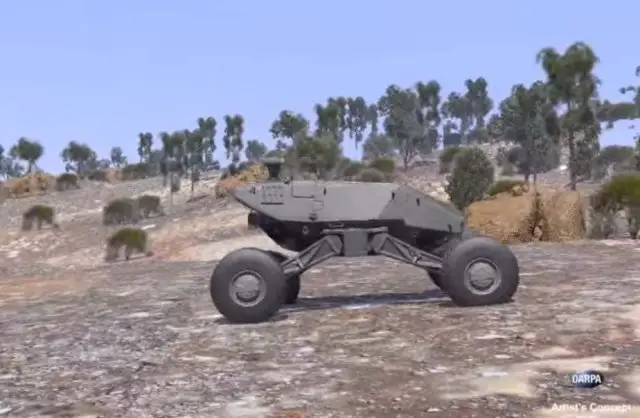Breaking news
Honeywell develops virtual reality technology for future DARPA and US Army Ground Vehicles 51502161.
| 2016
|
|
|||
|
Defence & Security News - Honeywell
|
|||
|
|
|||
| Honeywell develops virtual reality technology for future DARPA and US Army Ground Vehicles | |||
|
Honeywell has signed an agreement with the Defense Advanced Research Projects Agency (DARPA) to provide the Ground X-Vehicle Technologies (GXV-T) program with a virtual reality instrument panel that replaces glass windows with display technology from Honeywell. This first-of-its-kind virtual instrument panel could give drivers better awareness and more information for improved mission success.
|
|||
|
|
|||
 DARPA Ground X-Vehicle Technologies (GXV-T) (Photo DARPA) DARPA Ground X-Vehicle Technologies (GXV-T) (Photo DARPA) |
|||
|
|
|||
|
As part of the GXV-T program's goal to explore new vehicle technologies that could improve survivability, agility and mobility for the next generation of military ground vehicles (such as tanks, armored vehicles and more), this virtual reality instrument panel concept from Honeywell could provide drivers with an enhanced, clearer 360-degree view outside the vehicle. In addition, it could enable safer and more efficient missions.
"The development of virtual window technology is a significant shift in the concept of design for military ground vehicles. No longer would drivers of these ground vehicles need to rely on the view through the windows alone; this technology would provide them with improved awareness that could impact the survivability of a new, more agile ground vehicle solution," said Carey Smith, president of Defense and Space at Honeywell Aerospace. "Honeywell is a leader in advanced cockpit display technology, so we were able to leverage our extensive background in display technologies, coupled with advanced visualization research, to meet the needs of DARPA's GXV-T program." Using Honeywell's near-to-eye and display technologies for military and commercial avionics flight decks, the display system projects a wide-angle, high-definition view of external conditions, potentially allowing the operator to track optimal routes over difficult terrain, review infrared and terrain classification views, and see allies and adversaries. By using this technology, Honeywell and DARPA are working together to develop a new and improved operating environment for future ground vehicles. The first phase of the virtual windows development began in July 2015 and will continue through June 2016. |
|||




























